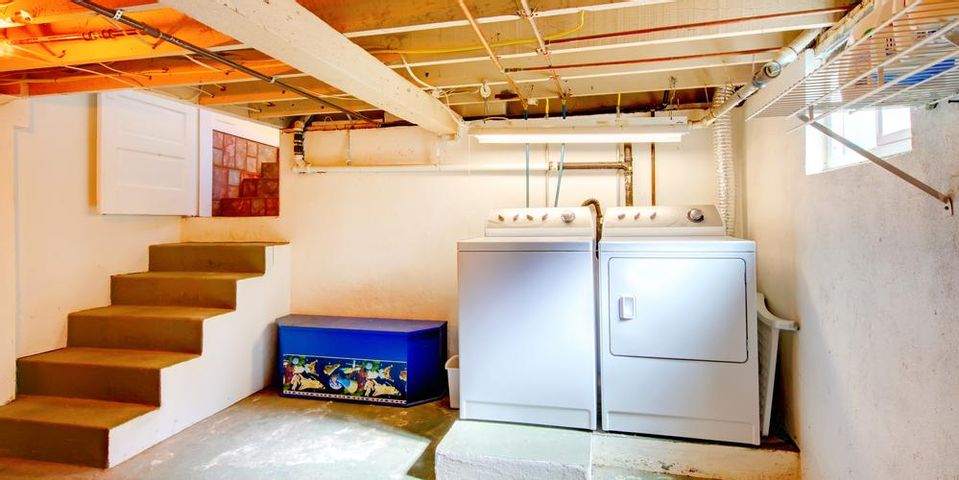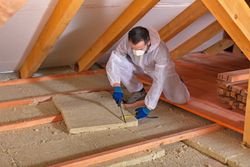
You spend more money on heat in a poorly insulated home. This is because the HVAC system has to work harder to achieve the temperature on your thermostat if heated air is escaping through the surfaces of the building. Luckily, insulation helps prevent temperature transfer. Certain areas are more prone to drafts, so here are a few places to cover to stay comfortable and save on your energy bills.
Which Home Areas Should You Insulate?
1. Basement
Basement insulation helps reduce condensation, minimizing the risk of mold from excess moisture. Many homeowners insulate their basement ceilings at the same time as the walls.
Spray foam is a popular option for the walls, as it has a unique formula that closely fits into tight nooks. Cover any exposed pipes, which will prevent them from freezing and cracking in the winter.
2. Attic
 Since hot air rises, the heat produced by your HVAC unit may escape through the roof without attic insulation.
Since hot air rises, the heat produced by your HVAC unit may escape through the roof without attic insulation.
You can use a range of materials, including fiberglass, loose-fill, spray foam, and insulation rolls. Rolls easily cover large surfaces. However, loose-fill is typically more effective and affordable.
3. Cathedral Ceiling
If you have a cathedral-style ceiling that arches in the middle, there’s no attic space to help prevent heat from escaping. In this case, you have to insulate the ceiling as you would the attic.
There are fewer material options for ceiling coverage. Foil-faced materials come in sections, and will fit the area neatly.
If your home feels chilly, speak to American Roofing in Anchorage, AK, about attic insulation. This highly skilled team will assess any existing materials in the attic and install new products to help your home remain energy-efficient. They offer high-quality roofing services and affordable prices, delivering projects on time and on budget. Learn more about roof insulation on their website or call (907) 345-8700 to schedule an inspection.
About the Business
(1 reviews)
Have a question? Ask the experts!
Send your question

